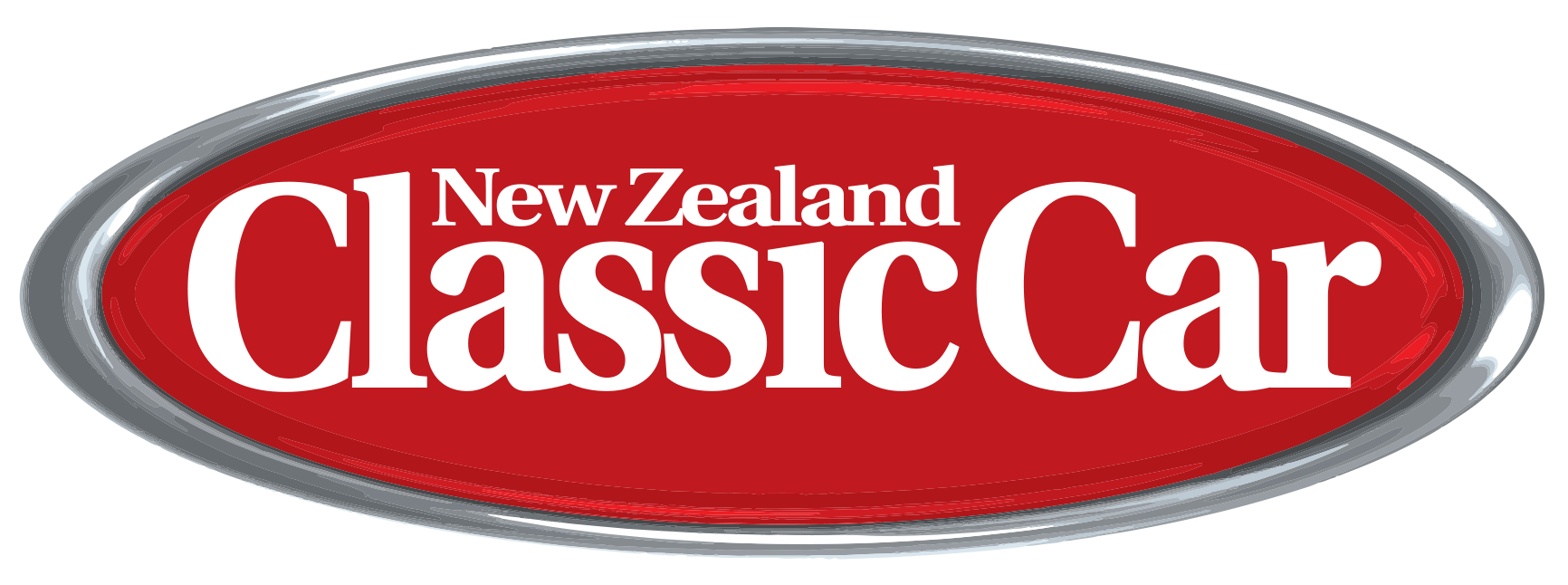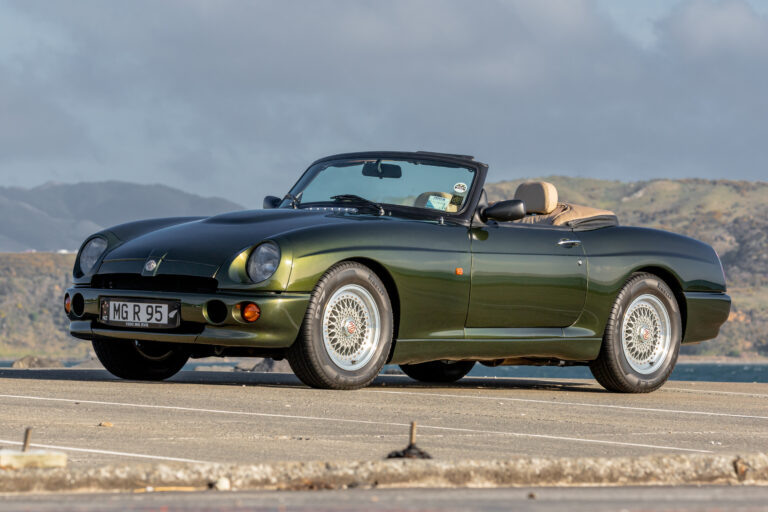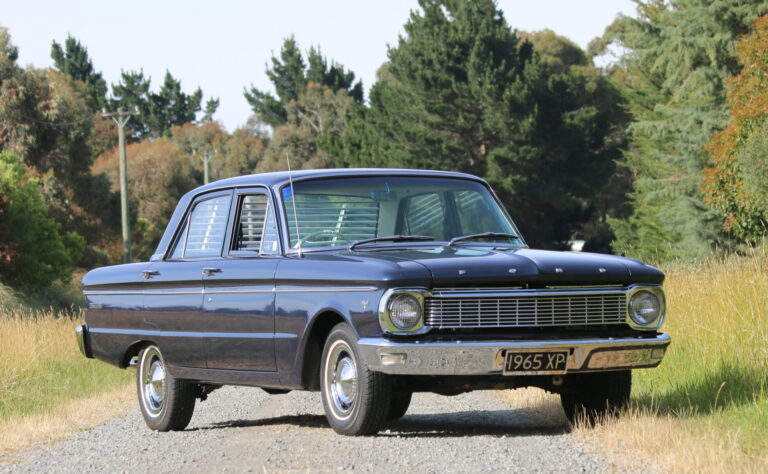In this era, where mankind has access to nearly every corner of the globe, it is inevitable that the classic barn find is dying — they’ve almost all been discovered. Well, one farm in western France didn’t follow this trend.
About 100 classic cars were housed on the property in varying states of decay, beneath an assortment of barns and ramshackle shelters. Around 60 of these cars have been deemed salvageable, and are expected to fetch up to £12m. Imagine the surprise of the French classic car specialists Matthieu Lamoure and Pierre Novikoff who were commissioned to help identify the vehicles, which include a 1961 Ferrari 250 GT California SWB, a 1956 Maserati A6G 200 Berlinetta Gran Sport Frua, and a Talbot-Logo T26 Cabriolet owned by King Farouk of Egypt.

The Ferrari, one of only 37 ever made, was featured in the 1964 film Les Felins and has borne Jane Fonda as a passenger. Said specialist Mr. Lamoure of the Ferrari, “Only 37 examples of this model were built, making it extremely rare. Every example has been carefully documented by historians and this one was thought to be lost — we have found it.” The Ferrari is expected to fetch anywhere from £9.5m to £12m.

The Maserati, with body built by Frua, is one of just three in existence and is thought to be worth around £1m. Equally as impressive is the Talbot-Logo T26 Cabriolet owned by King Farouk, who was renowned for his extraordinarily lavish lifestyle.
The enormous collection was built up between the 1950s and 1970s by entrepreneur Roger Baillon. When his business began a downwards slope in the ’70s, he was forced to sell off some 50-odd cars, and what remains here is what he kept. His grandchildren had no idea of the extent or value of the collection, and enlisted the assistance of Artcurial Motorcars’ specialists. The collection will be sold by Artcurial Motorcars in Paris on February 6, 2015.
Images courtesy of Artcurial Motorcars











